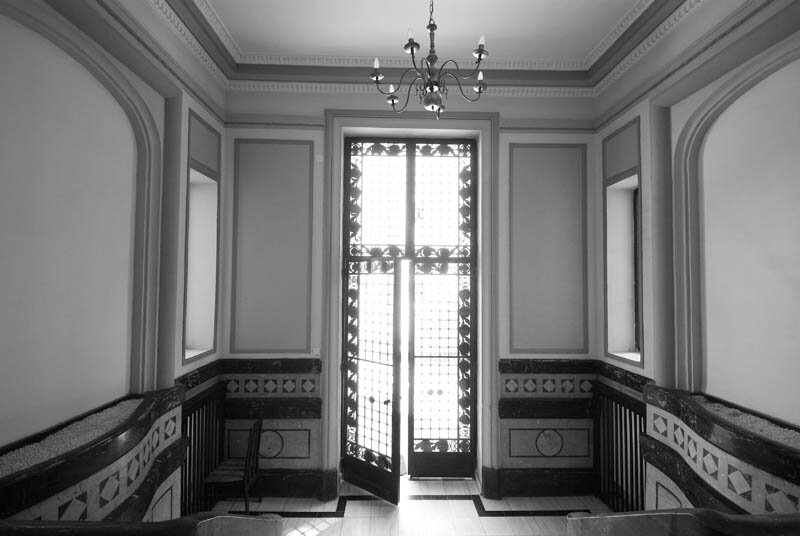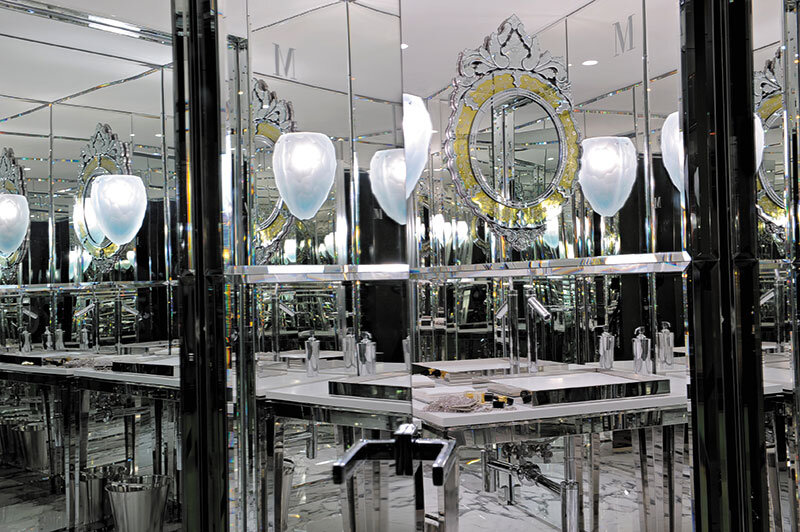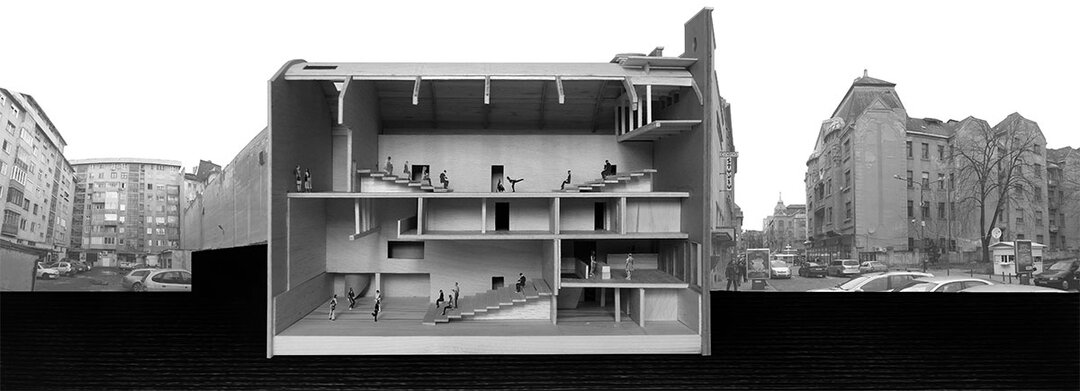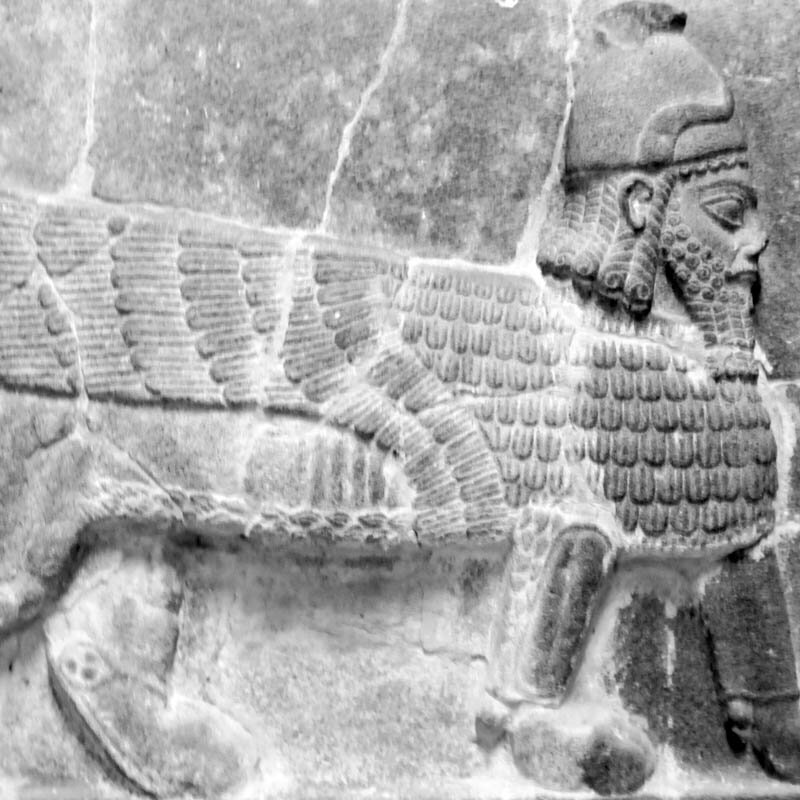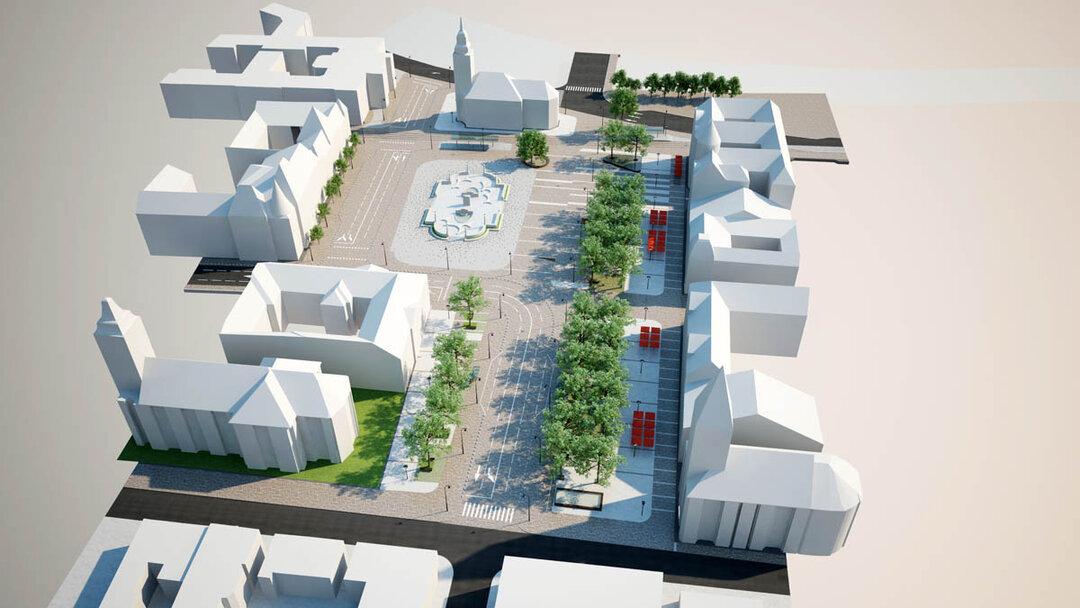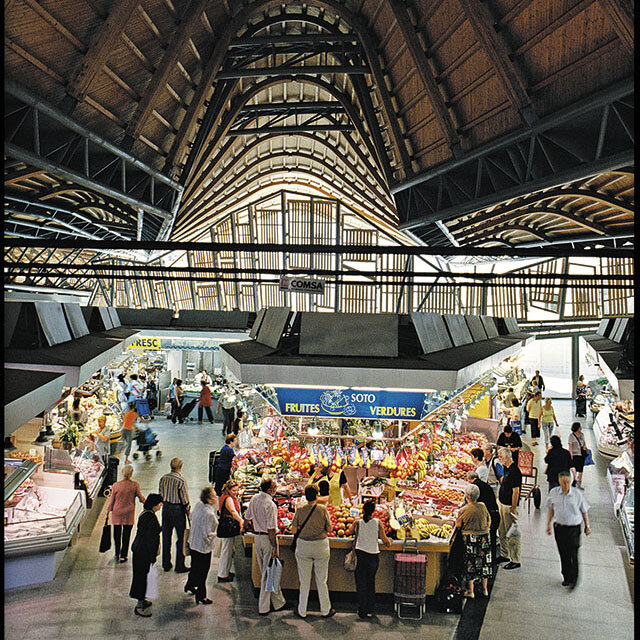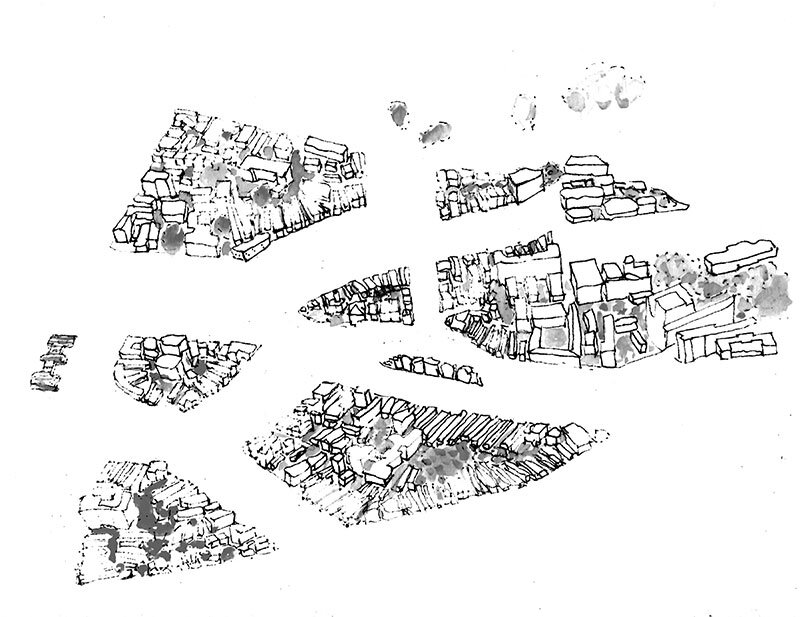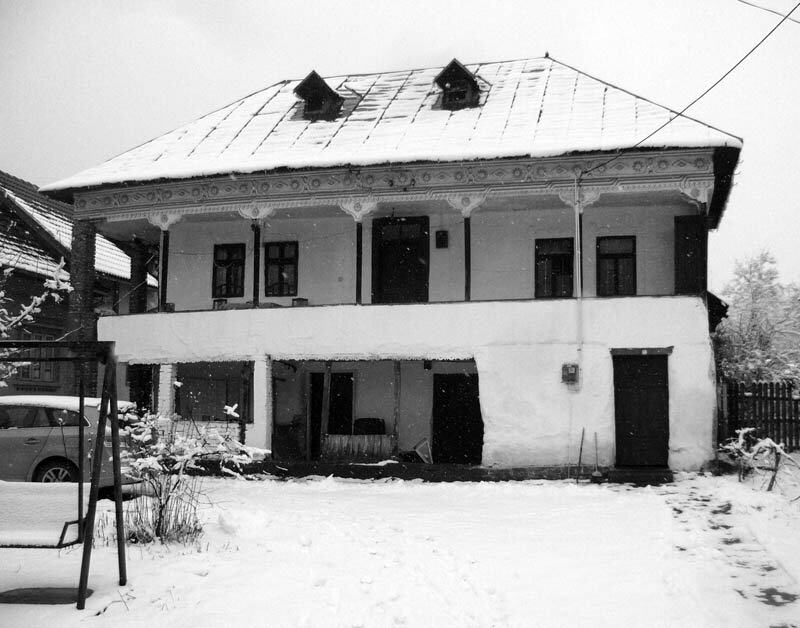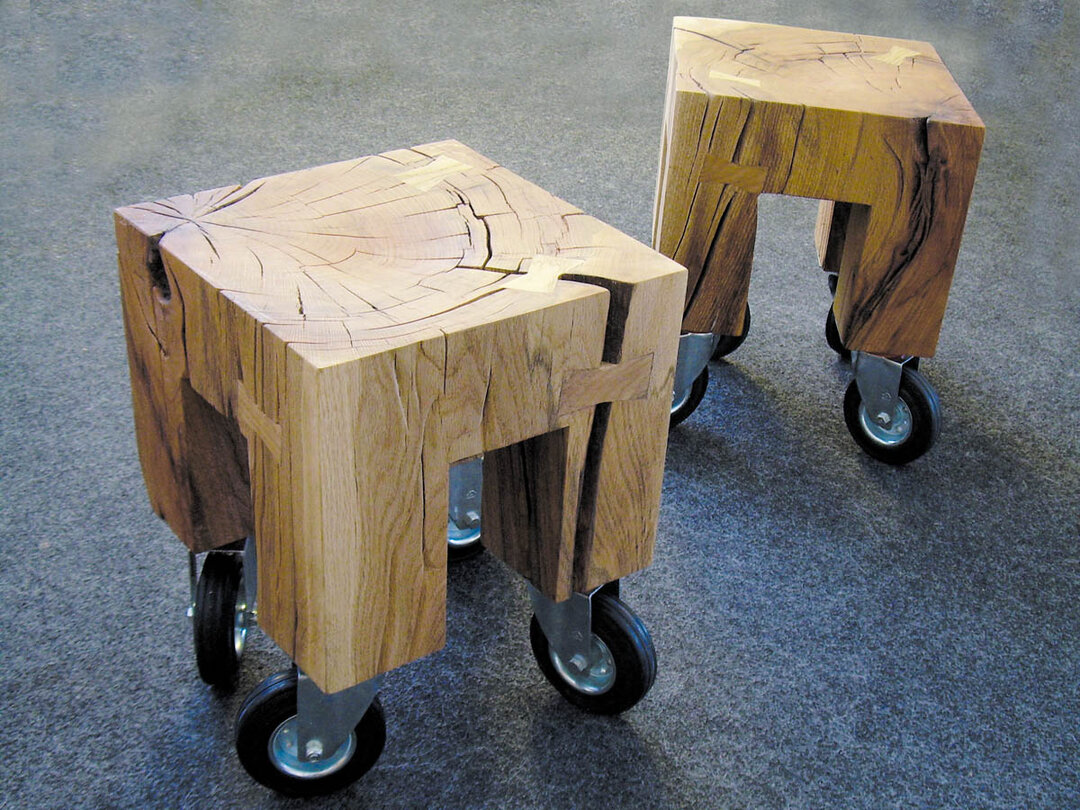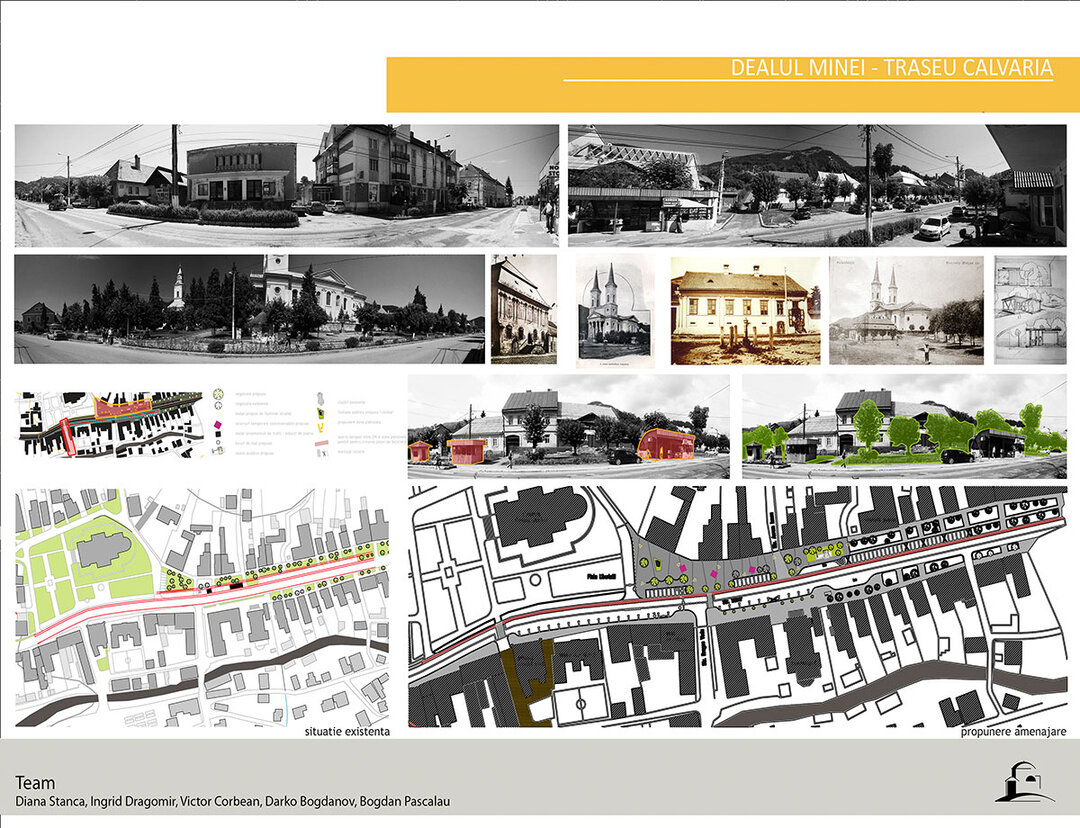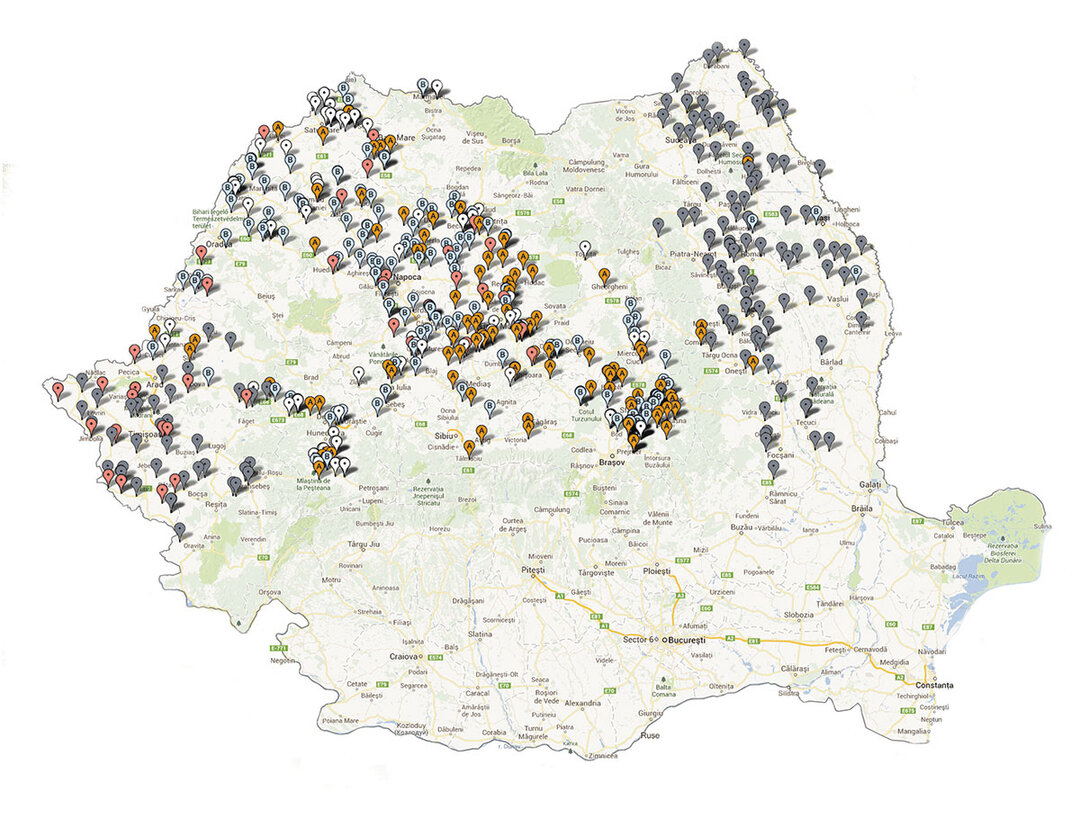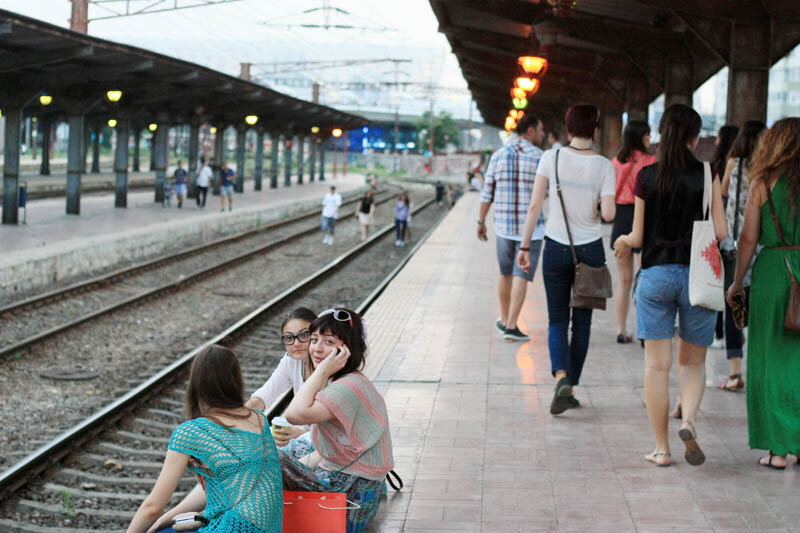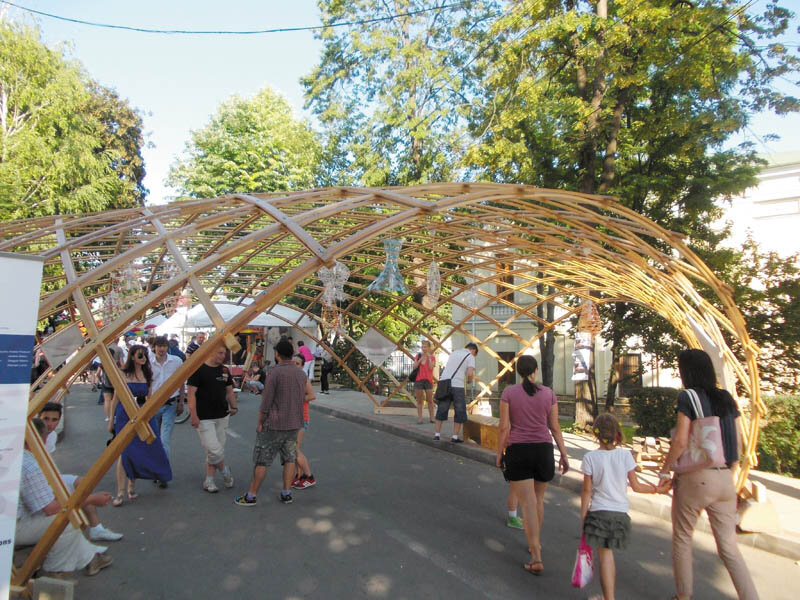
Conversion of the Studio Cinema, Timisoara
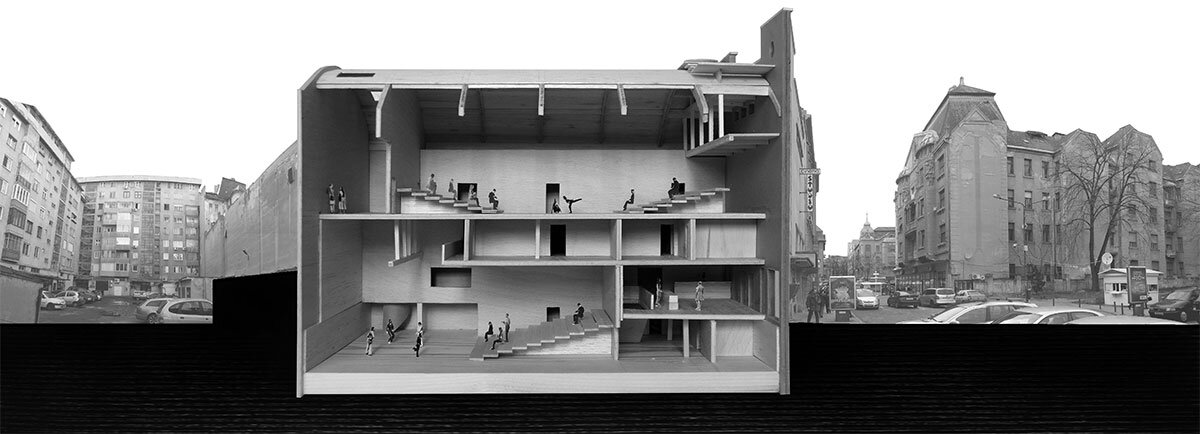
Draft diploma class of 2013
Authors:
Márton TÖVISSI, UPT, Faculty of Architecture
Emőke Mária FORRÓ, UAUIM, Faculty of Interior Architecture
Supervisor Architecture: Codruța NEGRULESCU
Supervisor Interior Architecture: Beatrice JÖGER
Structures: Cornel FARCAȘ
"In an urban artifact, certain original values and functions remain, others are totally altered; about some stylistic aspects of the form we are certain, others are less obvious. We contemplate the values that remain - I am also referring to spiritual values - and try to ascertain whether they have some connection with the building`s materiality, and whether they constitute the only empirical facts that pertain to the problem. At this point, we might discuss what our idea of the building is, our most general memory of it as a product of the collective, and what relationship it affords us with this collective."
Aldo Rossi, The Architecture of the City, "The structure of Urban Artifacts"
This quotation begins the study and documentation phase of the diploma project presented below. The text excerpt at the very beginning can give us an idea of the extent to which Tövissi Márton's project is characterized by balance, careful deliberation and appropriateness to context.
The diploma project authored by Tövissi Márton deals with an issue of today's urban landscape: the old, abandoned structures in city centers, particularly cinemas, as this function has been diluted and gradually migrated to shopping malls.
The former Cinematograf Studio building is in the immediate vicinity of Timișoara's main square and Huniade Castle. The site is currently considered a protected area, being in the vicinity of several historical monuments. The building itself is not a historical monument, but it can be considered architecturally valuable due to its art deco facade and reinforced concrete structure from the 30s. The whole island of which the Studio Cinema is a part is an interesting amalgam containing a lot of buildings from different periods of the 20th century. By analyzing the street frontages it is possible to trace the important changes both architecturally and stylistically, economically, socially and culturally. The cinema building is an important element in this evolution.
The Cinema Studio can be considered a modern structure for its time (1938), a pragmatic building where the designers sought to maximize the use of space.
Today, the building is in an advanced state of disrepair. Most of the deterioration is due to faulty waterproofing. The performance hall is not in working order. The plaster, flooring and furniture are degraded. Inside, there are areas with moldy walls and beams, degraded due to rainwater infiltration. The cellar is in an advanced state of disrepair. Although rented to a private company, the space has been unused for years.
This, in short, is the situation of the Cinematografii Studio building in Timișoara and these are the starting points for the approach that Tövissi Márton Márton developed in his diploma project.
Read the full text in issue 4/2013 of Arhitectura magazine


